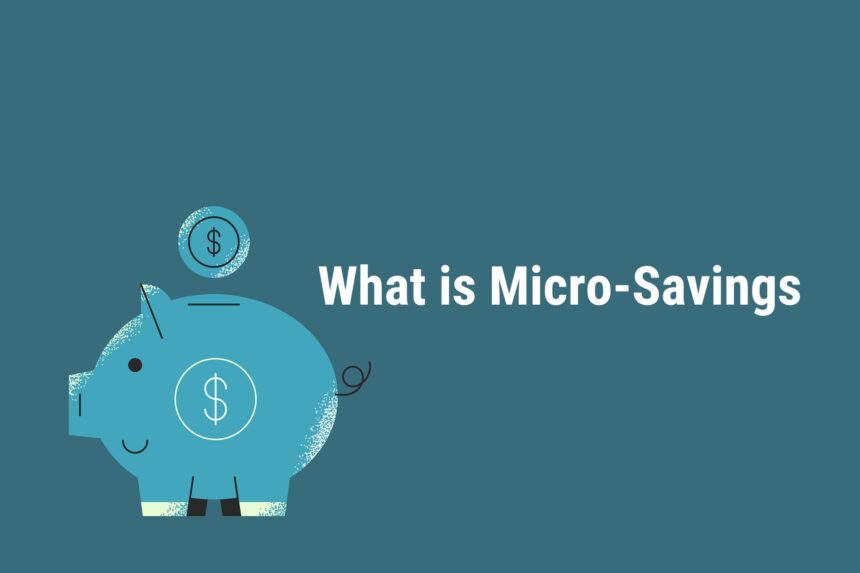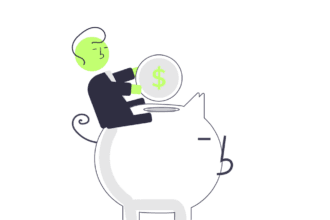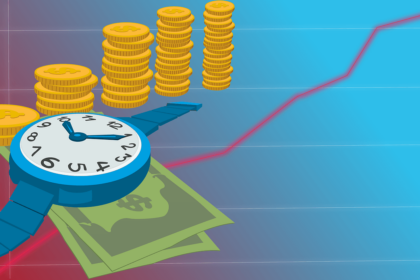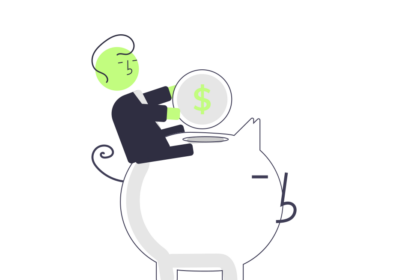In today’s fast-paced financial world, where major expenses and long-term savings goals can feel overwhelming, a new trend has emerged to make saving more accessible and less daunting: micro-saving.
This innovative personal finance approach is changing how people think about and interact with their money. In this article, we’ll explore what micro-saving is, how it works, and the numerous benefits it offers to individuals looking to improve their financial health.
What is Micro-Saving
Micro-saving, also known as micro-savings or micro-savings, is a financial strategy that involves regularly setting aside very small amounts of money. Unlike traditional saving methods that might require substantial contributions, micro-saving focuses on the principle that even the smallest amounts can add up to significant savings over time.

Key Characteristics of Micro-Saving:
- Small Amounts: Typically involves saving pennies, dollars, or very small percentages of income.
- High Frequency: Savings are usually made daily or with each financial transaction.
- Automation: Often utilizes technology to transfer small amounts to savings automatically.
- Low Barrier to Entry: Accessible to people of all income levels.
- Psychological Ease: Feels less burdensome than committing to larger savings amounts.
How Micro-Saving Works
Micro-saving can be implemented in various ways, but some standard methods include:
- Rounding Up Purchases: When you make a purchase, the amount is rounded up to the nearest dollar, and the difference is saved.
- Small Daily Transfers: A set amount, like $1 or $2, is automatically transferred to savings daily.
- Percentage-Based Saving: A tiny percentage of each paycheck or purchase is automatically saved.
- Save the Change: Similar to round-up, but specifically with cash transactions where the change is set aside.
- Micro-Saving Apps: Digital platforms that analyze spending habits and automatically save small, affordable amounts.
Benefits of Micro-Saving
Micro-saving offers a multitude of benefits that make it an attractive option for many individuals:
1. Accessibility
One of the most significant advantages of micro-saving is its accessibility. Traditional saving methods often require individuals to set aside substantial amounts, which can be challenging for those on tight budgets or with irregular incomes. Micro-saving, however, allows anyone to start saving, regardless of their financial situation.
2. Habit Formation
Micro-saving helps develop a saving habit without the psychological barrier of committing large sums. Making saving a daily occurrence becomes an ingrained financial behavior over time.
3. Painless Process
Because the amounts are so small, individuals often don’t “feel” the impact on their daily spending, making it a relatively painless way to accumulate savings.
4. Psychological Boost
Watching small amounts add up over time can provide a significant psychological boost. It demonstrates that even minor financial actions can produce meaningful results, encouraging positive financial behaviors.
5. Gateway to Larger Financial Goals
Micro-saving is an entry point to more substantial financial planning and saving for many. As individuals see their micro-savings grow, they become motivated to explore other saving and investment strategies.
6. Emergency Fund Building
Micro-saving is an excellent way to gradually build an emergency fund. Even if the initial goal is small, setting aside any amount for unexpected expenses is beneficial.
7. Reduced Financial Stress
Knowing that you’re consistently saving, even in small amounts, can reduce overall financial stress and anxiety about the future.
8. Compound Interest Benefits
When micro-savings are placed in interest-bearing accounts, they can benefit from compound interest over time, potentially growing into more substantial sums.
9. Improved Financial Awareness
Many micro-saving methods involve tracking spending, which can lead to greater overall financial awareness and better budgeting habits.
10. Flexibility
Micro-saving strategies can be easily adjusted based on changing financial situations, making it a flexible approach to saving.
Potential Drawbacks to Consider
While micro-saving offers numerous benefits, it’s essential to be aware of potential limitations:
- Small Savings: Relying solely on micro-saving may not be sufficient for primary financial goals.
- Fees: Some micro-saving apps or services may charge fees that could eat into your savings.
- False Sense of Security: It’s crucial not to let micro-saving replace more comprehensive financial planning.
Micro-saving represents a paradigm shift in how we approach saving money. Focusing on small, consistent actions makes saving more approachable and achievable for many individuals. While it shouldn’t be the only saving strategy in one’s financial toolkit, micro-saving can play a crucial role in developing positive financial habits, building emergency funds, and paving the way for more substantial saving and investing in the future.
As with any financial strategy, it’s essential to consider your circumstances and goals. Micro-saving can be an excellent starting point or complement a broader financial plan, helping foster a positive relationship with saving and setting the foundation for long-term financial health.












